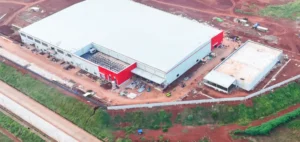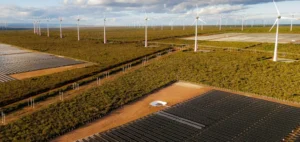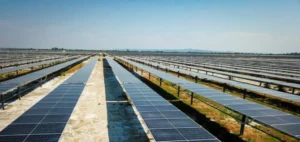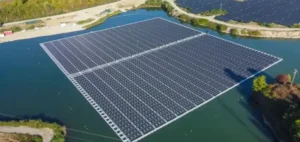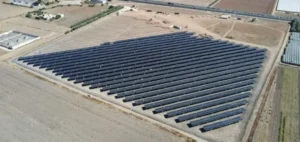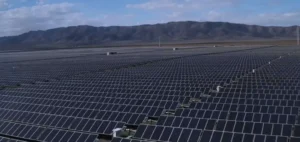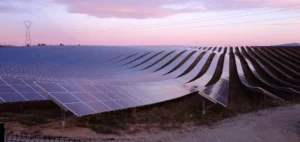A 25-year power purchase agreement (PPA) now links Egypt Aluminium (Egyptalum), Egypt’s leading primary aluminium producer, to the Dandara solar project, a 1.1 GW plant with 200 MWh of battery storage. Led by Norwegian developer Scatec, the project in Nagaa Hammadi aims to secure the plant’s electricity supply while reducing exposure to the European Union’s Carbon Border Adjustment Mechanism (CBAM).
An integrated project under the NWFE strategy
Split into two equal phases of 500 MW, Dandara is part of the Nexus of Water, Food and Energy (NWFE) programme, which targets 10 GW of renewable capacity by 2028. The project involves Egypt’s Ministry of Electricity, the New and Renewable Energy Authority (NREA), and the Egyptian Electricity Transmission Company (EETC) for regulatory and grid connection responsibilities.
The contractual structure follows a Build-Own-Operate (BOO) model, with payment in US dollars and public or multilateral guarantees, a key condition for bankability. The European Bank for Reconstruction and Development (EBRD), the African Development Bank (AfDB) and the European Investment Bank (EIB) have confirmed their participation, mainly through senior debt.
Reducing CBAM exposure
By shifting Egyptalum’s electricity supply to solar, Dandara is expected to reduce the plant’s scope 2 emissions by around 30 %. This transition is essential ahead of the full implementation of CBAM on aluminium imports in 2026. Over half of Egyptalum’s output is exported to the European Union, making it highly exposed to carbon-related import costs.
Battery energy storage, sized at 100 MWh per phase, will stabilise output and meet growing quality requirements on Egypt’s increasingly renewable-powered grid. This sizing also helps secure injection priority for an industrial site located far from major gas hubs.
Macroeconomic and geopolitical impacts
The project comes as Egypt faces declining natural gas production and rising costs for thermal power. By reducing fossil electricity demand from a major industrial consumer, Dandara frees up gas for exports, contributing to foreign currency reserves.
It also supports Cairo’s ambition to become a regional energy hub. Through interconnections with Greece, Italy and Saudi Arabia, Egypt plans to export renewable electricity to Europe. Dandara adds credibility to this ambition by demonstrating a decarbonised industrial use case.
Financial structure and Scatec’s exposure
With Dandara, Scatec adds a third major asset in Egypt, alongside Benban and Obelisk. The USD-denominated PPA creates a predictable long-term cash flow but exposes the developer to both sovereign risk and aluminium market volatility. Multilateral guarantees mitigate some of this risk, while the project strengthens Scatec’s profile as a renewable power provider to heavy industry in emerging markets.
For participating lenders, Dandara confirms the viability of structuring large-scale renewable assets in hard currency, even in high-risk environments, provided the contractual and institutional framework is robust.










